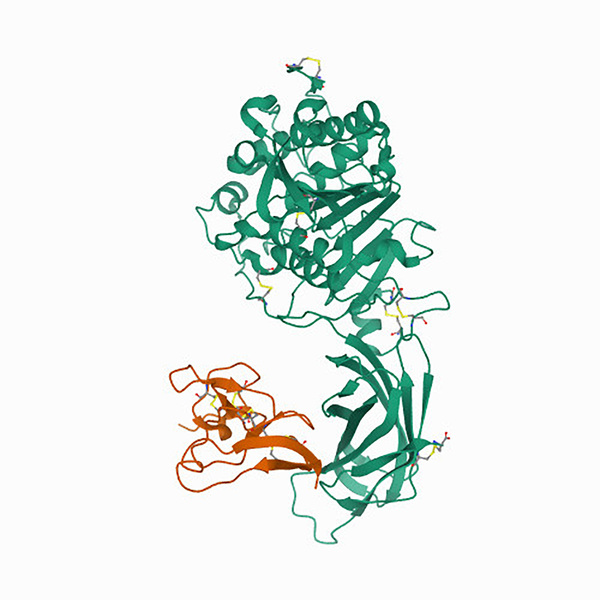Hammett linear free-energy relationships in the biocatalytic hydrolysis of para-substituted nitrophenyl benzoate esters
(1) Leigh High School, San Jose, CA, USA, (2) Lynbrook High School, San Jose, CA, USA, (3) Mission San Jose High School, Fremont, CA, USA, (4) Carlmont High School, Belmont, CA, USA, (5) Dougherty Valley High School, San Ramon, CA, USA, (6) Department of Chemistry, Biochemistry, & Physical Science, Aspiring Scholars Directed Research Program, Fremont, CA, USA
https://doi.org/10.59720/21-040
As the drive toward more efficient, sustainable, and affordable methods of chemical synthesis continues, the focus on biocatalysts has grown significantly. Using the Hammett linear free-energy relationship (LFER), we can gain mechanistic insight into chemical transformations such as those catalyzed by enzymes. In this study, we investigated the catalytic mechanisms of trypsin, lipase, and nattokinase by using the Hammett LFER to compare the electronic effects of various para-substitutions on ester hydrolysis. We synthesized a class of nitrophenyl benzoate esters with electron-withdrawing and electron-donating para-substituents and subjected them to enzymatic hydrolysis, from which we obtained kinetic data by spectroscopically tracking the release of 4-nitrophenol, a bright yellow compound that forms upon hydrolysis. We then used the Hammett equation to analyze kinetic trends, and further supported our study with computational modeling, through which a direct correlation between the carbonyl carbon Mulliken charge and the σ_para constant was established. These results suggest that the hydrolysis reaction, when catalyzed by either of the three enzymes, exhibited a change in the rate-determining step. We also observed relative differences in enzymatic sensitivity to substrate electronic effects and enzymatic ability to stabilize charged intermediates.
This article has been tagged with: